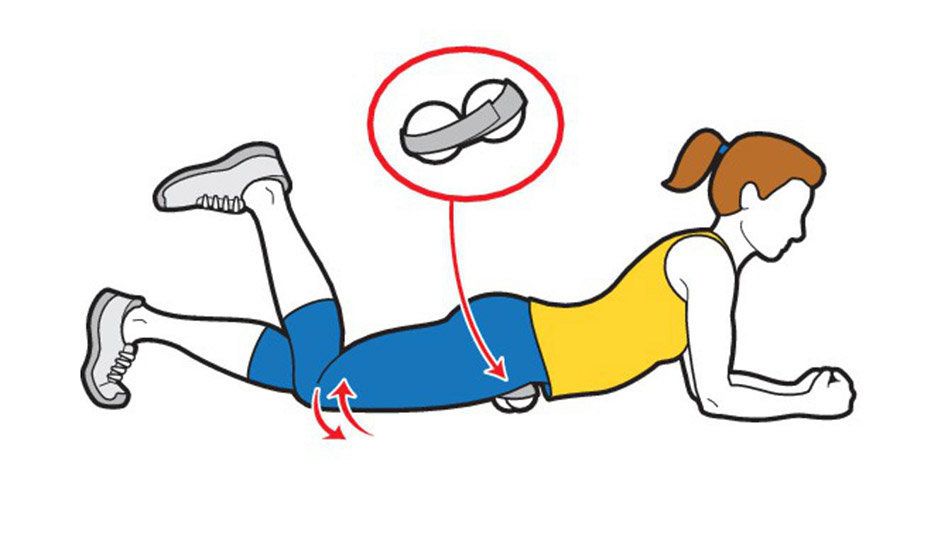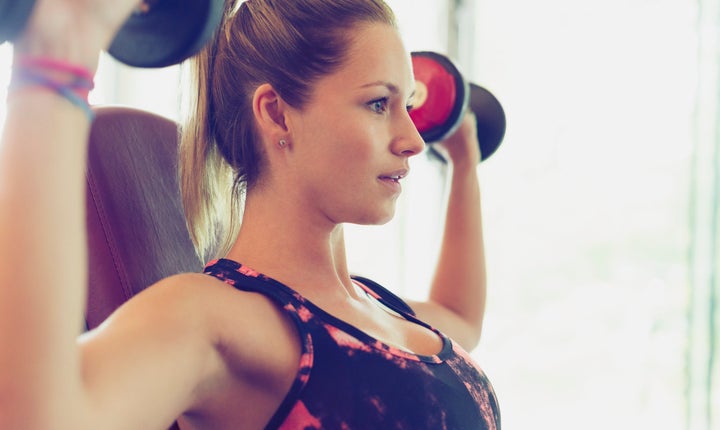
Strength training is critical to becoming truly fit. Lifting weights helps us live longer, sleep better and burn more calories, even while sitting completely still.
But when faced with a gym weight room, most of us have NO idea where to begin. So we asked three top fitness trainers to explain how to get started. Their answers may be the "lift" you need to make a weight room debut with confidence.
1. Start with a free intro at your gym.
Most gyms offer free orientations to the weight room, says Tara Romeo, assistant director at New York's Professional Athletic Performance Center. Others may go so far as to offer a free personal training session to help get you started.
Definitely take advantage of these offers, and don't accept advice from strangers on the weight-room floor, says Joe Ardito, founder of Fit Crush NYC.
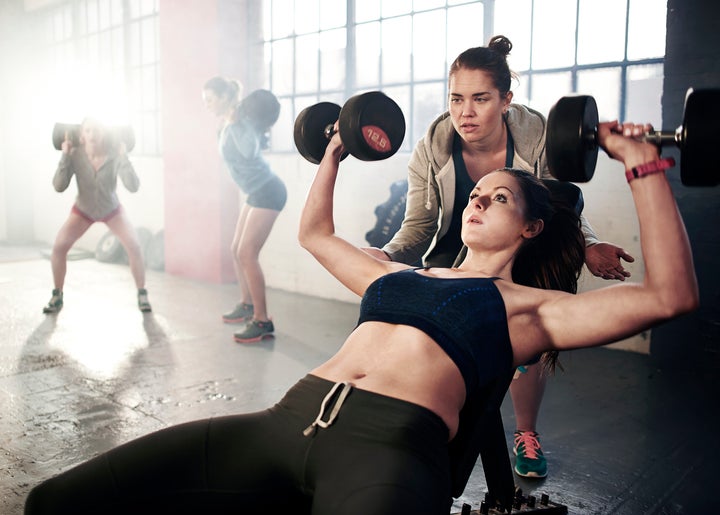
"A lot of people in the gym give advice on exercises when they cannot perform them correctly themselves," Ardito told HuffPost. "Only fitness professionals should be giving advice."
2. Decide which moves you'll do before you get to the gym.
Orientation or not, facing the weight room is going to be MUCH smoother if you've researched a workout, watched some example videos and planned your course of action before hitting the floor.
It'll also keep you from slacking off. "Nothing is worse than getting to the gym, feeling tired, and having an unproductive lifting session," Romeo says. To kick yours off right, research how to do a few basic moves, and write them down on a Post-It or in your phone.
3. Begin with a warm-up.
Starting with a full-body workout "will allow you to develop a solid base of fitness before moving on to weights," Ardito says. BJ Gaddour, the fitness director at Men's Health recommends a 5 to 10-minute dynamic warm-up that activates your hips, shoulders and core so you can keep good posture while working with weights.
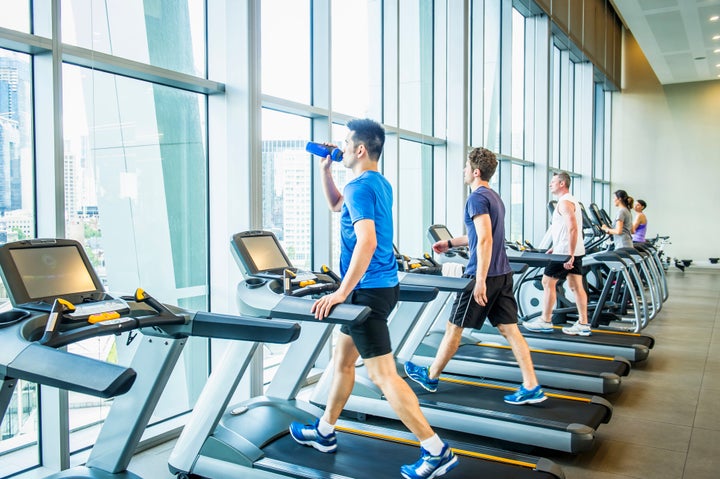
4. Get comfy on machines, not free weights.
Weight machines "usually come with written instructions or diagrams," Ardito notes. If you start there, you can sit and refresh your memory on proper form before moving on to more elaborate free-weight moves.
5. Don't overstep your boundaries.
Do the right moves in the right places, and you'll avoid sticking out like the weigh-room noob that you are. Romeo says one of her biggest pet peeves is when innocent lifters use hand-held weights in the squat rack area, which is meant for a different kind of exercise. "Any lifter who is serious about the gym knows that is a big no-no," she says.
7. Hit the light weights first.
You may need to start with 5-pound dumbbells, or just the barbell with no weights attached. That's okay. "Correct form and full range is much more important than how much weight you are lifting," Romeo says."Start slow, and go at your own pace."
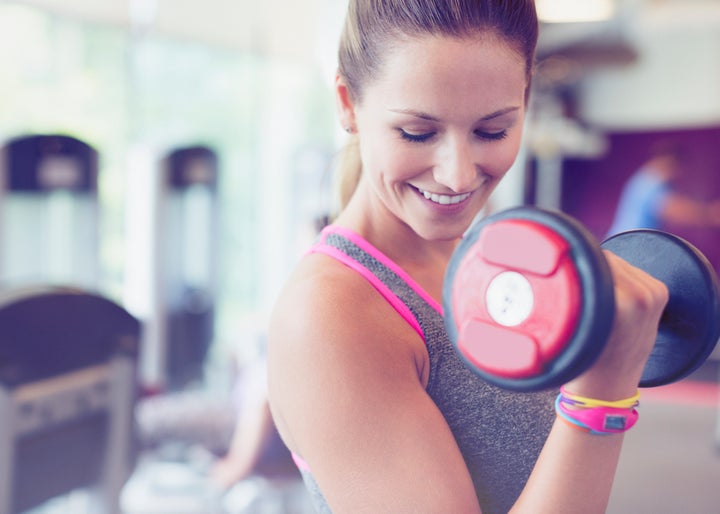
8. Keep rest periods short.
You might see people sitting around on weight machines, flipping through texts on their iPhone. Gaddour warns that this is not the most productive way to go. "If the goal is to lose as much fat as possible, keep your rest periods to 30 - 60 seconds or less," he says. "If the goal is to gain muscle and strength, resting 90 - 120 seconds between sets is plenty of recovery time."
9. Reward your muscles with a stretch!
Gaddour recommends capping your workout with a 5 to 10-minute stretch sesh in order to speed recovery and prevent injury. He also recommends foam rolling for sore or tight muscle groups.
